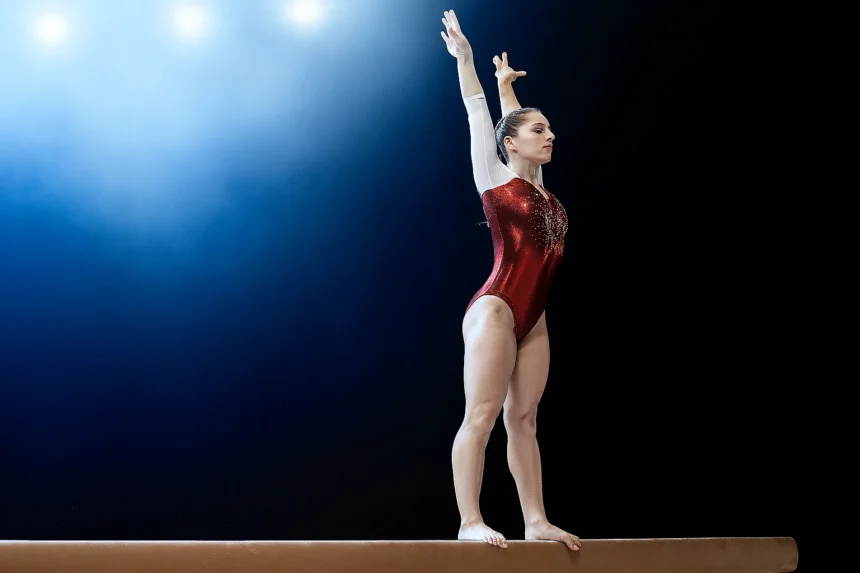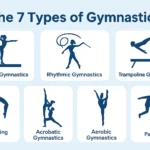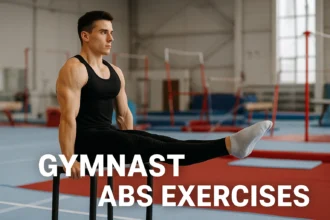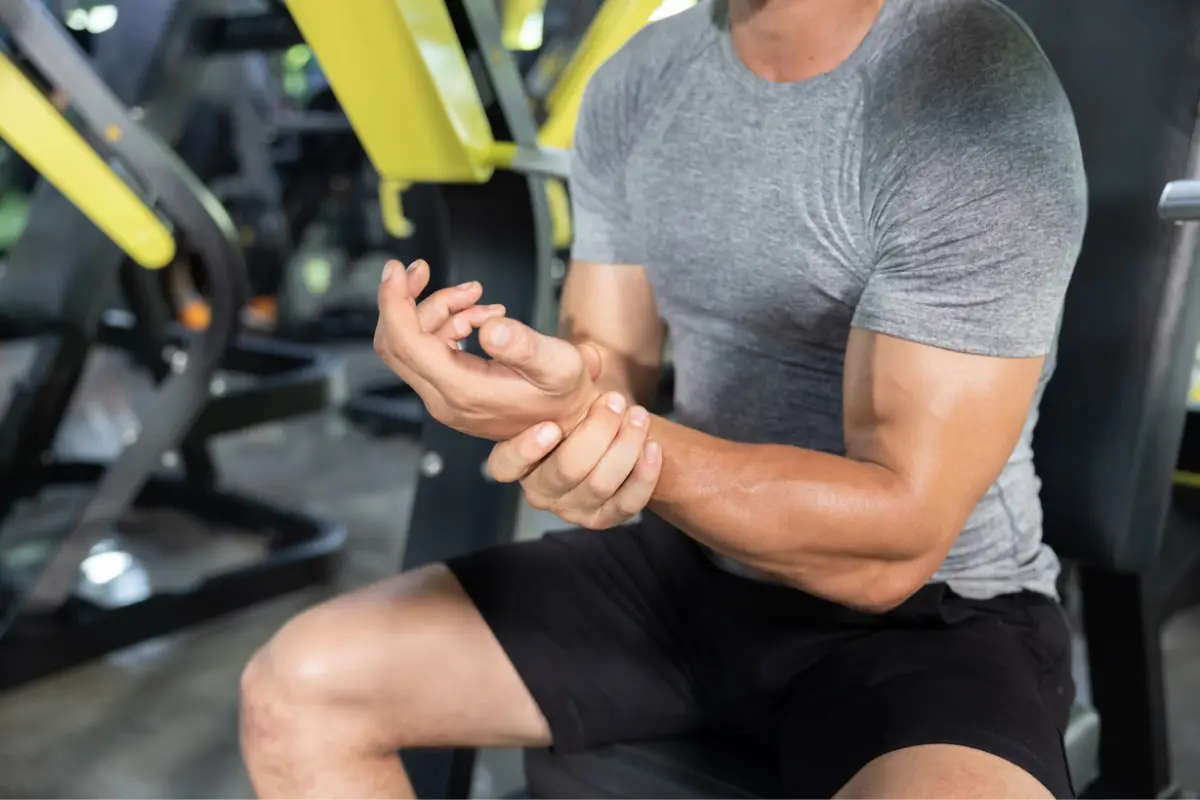When people watch elite female gymnasts, one thing that often stands out is their legs, especially their thighs. Tight leotards and powerful moves make this area easy to notice. But for those not used to athletic bodies, these strong thighs are sometimes mistaken for “fat.”
So, are they really fat? Or are they just strong, muscular legs built for performance?
The Misunderstanding: Muscle Mistaken for Fat
Much of the confusion comes from outdated cultural ideas about what a “feminine” body should look like. Society often equates beauty with slimness, so when people see large, muscular thighs on gymnasts, they may mislabel them as fat.
Why Gymnast Thighs Are Called “Fat”
- Slim legs are expected: Many people grow up with the idea that thin legs equal beauty. Muscular thighs don’t fit this mold.
- Short height magnifies muscle: Most female gymnasts stand under 5′3″. Their muscle mass is concentrated in a smaller frame, so thighs look fuller.
- Unfamiliar physiques: For those used to untrained legs, heavily muscled thighs can look “big,” even though they’re lean and efficient.
The truth is that elite gymnasts usually maintain very low body fat percentages, between 13–16%. Their thigh size doesn’t come from overeating or poor health but from years of hard, focused training.
Why Gymnasts Need Strong Thighs
The thighs contain some of the body’s largest and strongest muscles: the quadriceps, hamstrings, glutes, and hip flexors, the muscle groups that fuel nearly every event.
- Vault: A gymnast needs sprinting speed, explosive push off the springboard, and stable landings. Strong thighs make all of this possible.
- Floor Exercise: Tumbling requires sprint mechanics and rebounding power. Without powerful thighs, multiple flips and twists would be impossible.
- Balance Beam: Leaps, jumps, and stuck landings demand balance and control, all of which depend on leg strength.
- Uneven Bars: Even here, thighs contribute. They help in generating momentum for swings and powering through dismounts.
How Gymnasts’ Thighs Compare to Average Women
| Feature | Average American Woman | Elite Female Gymnast |
|---|---|---|
| Height | ≈ 163 cm (5′4″) | 150–153 cm (4′11″–5′0″) |
| Weight | ≈ 77 kg (170 lb) | 45–50 kg (99–110 lb); Simone Biles ~47 kg |
| Body Fat % | 25–31% healthy range; often 32–42% with age | 13–16% (elite level); up to ~23% (collegiate) |
| Thighs | Softer, higher fat proportion | Dense, muscular, highly defined |
Muscle, Not Fat: The Science Behind Gymnast Thighs
Sports science backs up what the eye sometimes misjudges.
Body Composition: Tools like DEXA scans and skinfold tests show that elite female gymnasts consistently maintain 10–16% body fat, far below the 20–30% typically found in non-athletic women of the same age. This means that the bulk seen in their legs is lean tissue, not fat.
Muscle Density: Muscle is about 18% denser than fat. Pound-for-pound, it weighs more but occupies less volume. Because gymnasts’ training focuses heavily on explosive movements, their thigh muscles grow thick and defined, creating the “big” look.
To put it simply:
- Muscle is heavier, water-rich, and designed for power and joint protection.
- Fat is lighter, primarily stores energy, and provides insulation.
Gymnasts have more muscle, not fat. That strong muscle helps them balance on a narrow beam and flip through the air with power. So when their thighs look bigger, it’s a sign of strength.
Source: reddit, researchgate, pmc
Final Words: A Better Way to See It
So, do female gymnasts have bigger thighs than the average woman?
Yes—if you mean stronger, more powerful, and built for performance. Not necessarily heavier or fatter.
Instead of asking: “Why are their thighs so big?”
Let’s ask:
“How did they get that strong?”
“What can we learn from a body built for power?”
Gymnasts like Simone Biles, Sunisa Lee, and Jordan Chiles are changing how people think about athletic bodies. Their powerful legs make them fly higher, twist faster, and land with precision.













